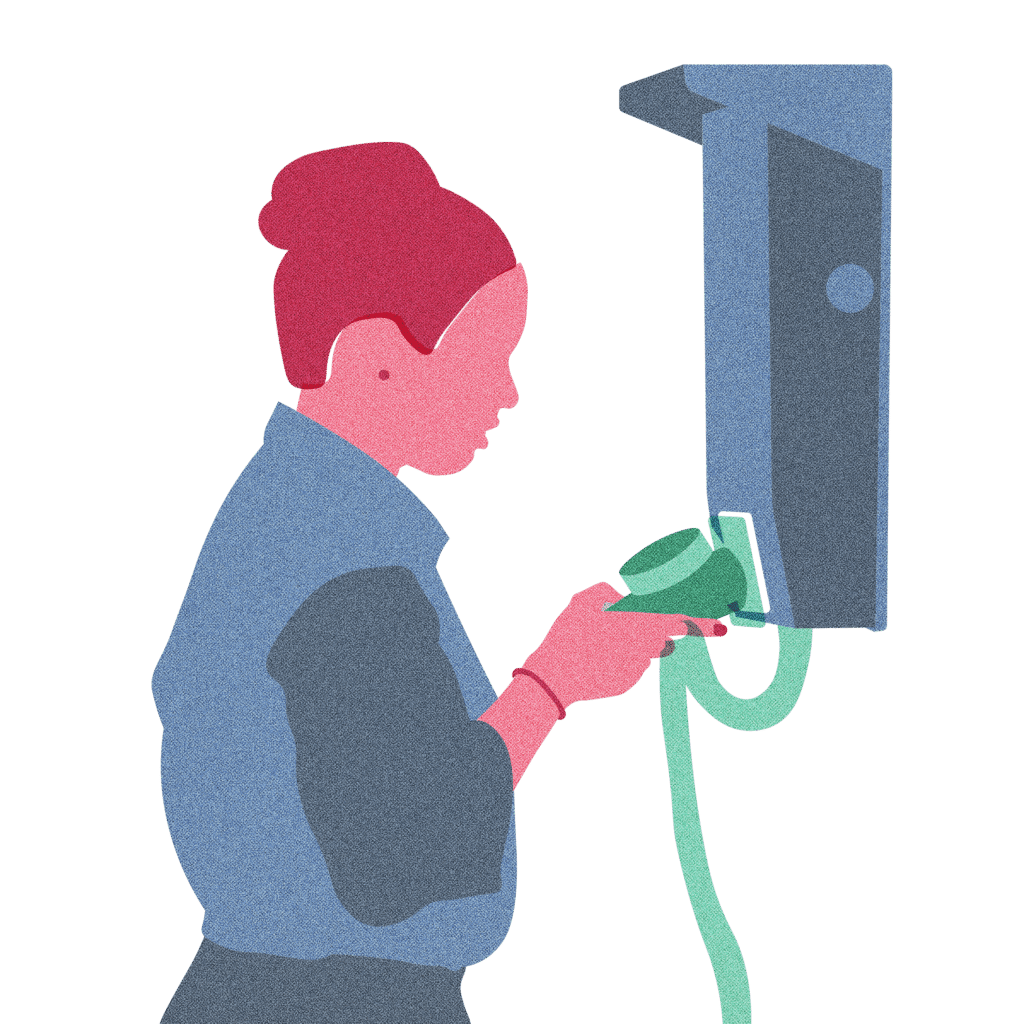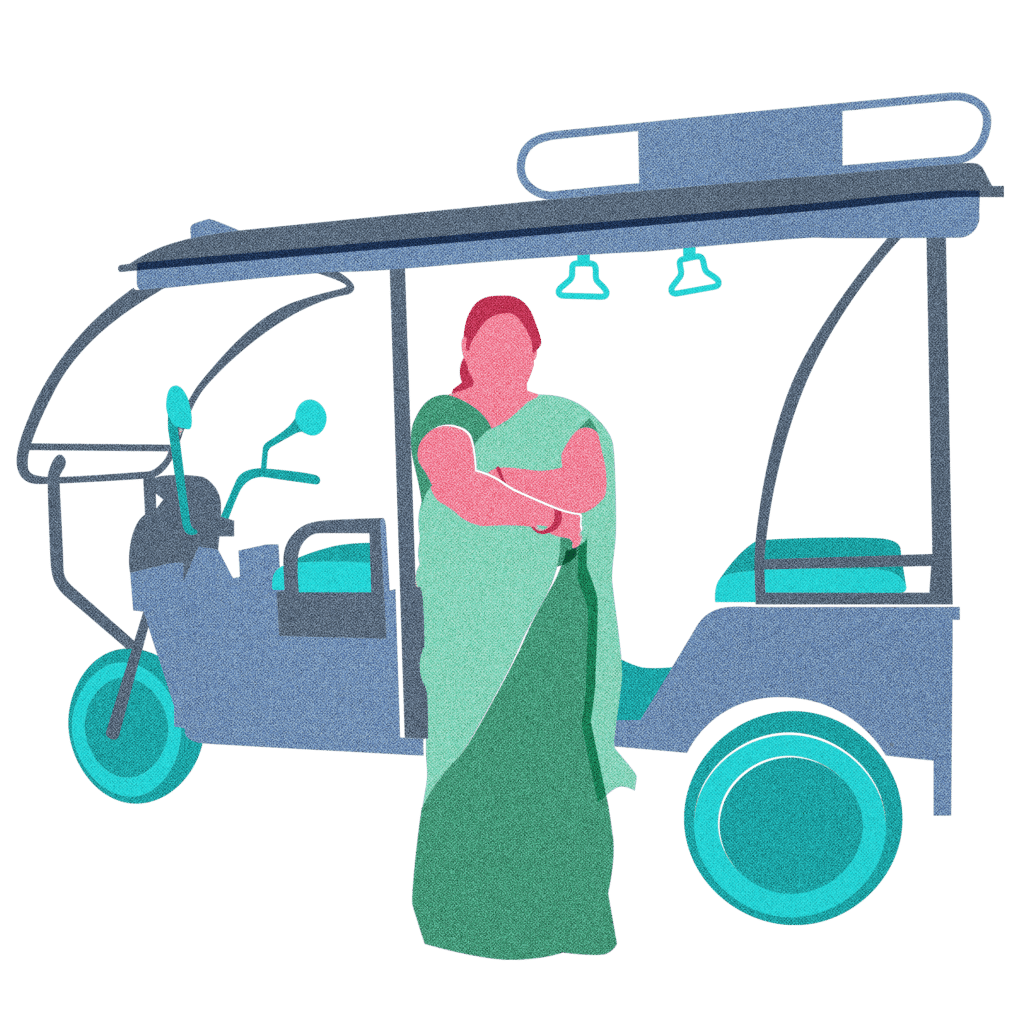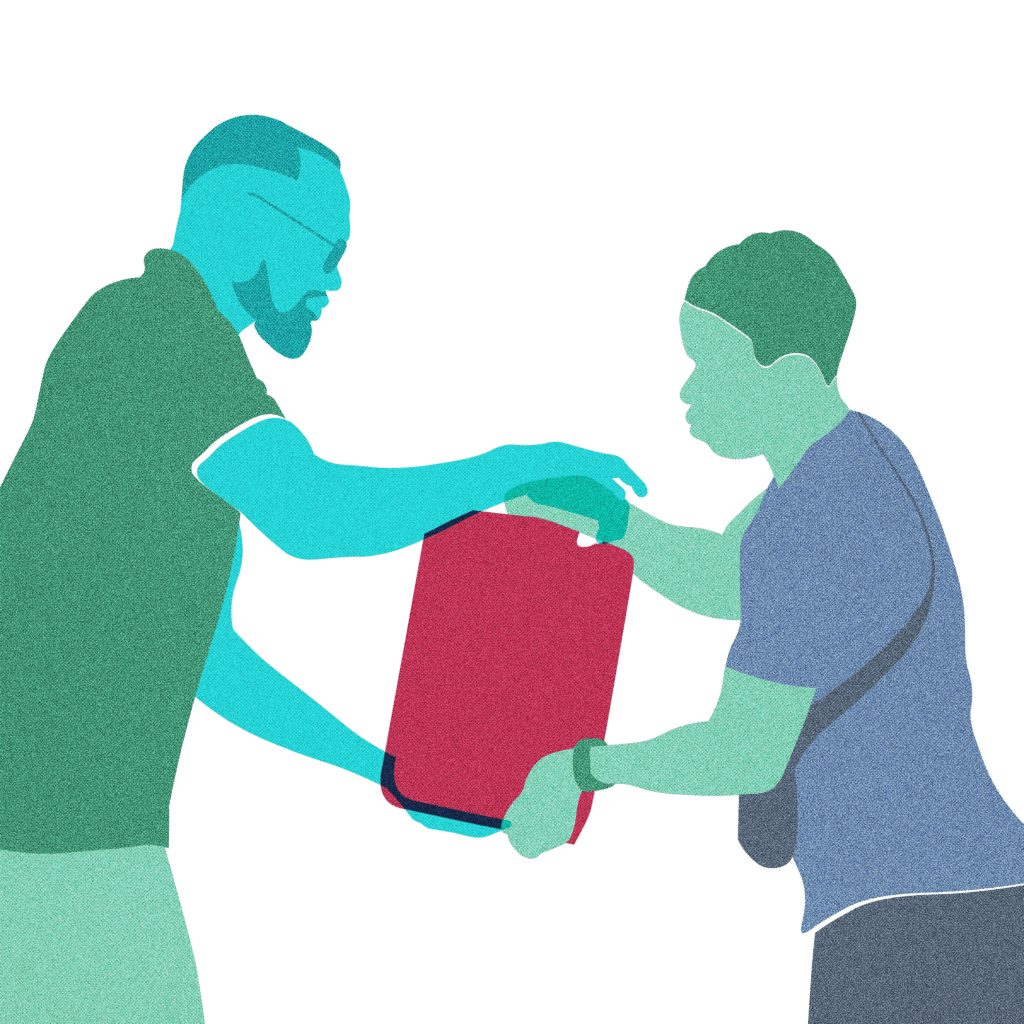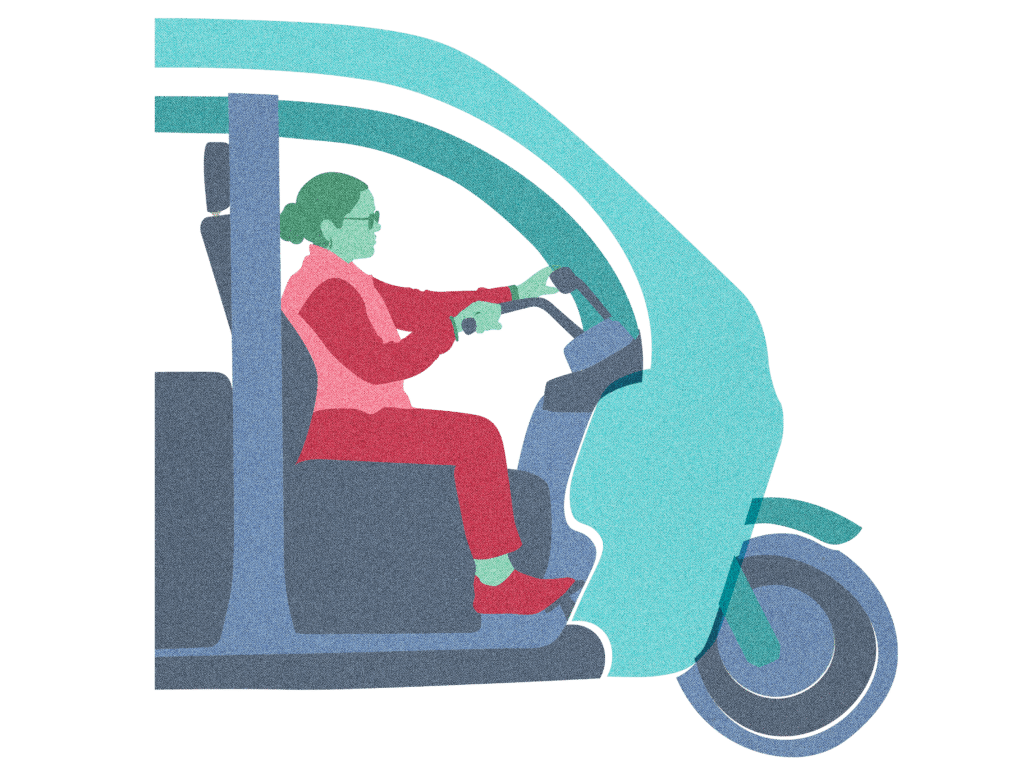Three insights into the cold chain market in rural India
Cold chains provide an unbroken series of cold storage and refrigerated distribution activities that prevent produce spoiling from the point of harvest at the farm up to reaching customers’ homes. This whole process requires a constant power supply which is not available in rural areas where power outages are common. Even though cold storage solutions exist, the majority are aimed at industrial use and are too expensive for smallholder farmers and micro agri-businesses. As well as this, the cost of acquiring and operating cooling and refrigeration appliances can be prohibitive.
Testing a new technology
In 2015, Shell Foundation developed a partnership with Inficold, a technology start-up, and the UK Government to test a low-cost, off-grid refrigeration solution and better understand the needs of rural farmers and agri-businesses.
Inficold were able to build a prototype system and initiated a pilot with Kanwal Singh Chauhan, a progressive smallholder farmer located in Haryana State, near New Delhi in India.
Kanwal grows baby corn and mushrooms. He processes 400 tonnes of produce each year, of which 120 tonnes is stored in cold storage. He is able to achieve this level by sourcing vegetables from 150 smallholder farmers in his area. Although his farm is grid-connected, frequent power outages means he uses a diesel generator for back-up power.
Twelve months on, our market research and early results from this pilot point to three key lessons about challenges and opportunities to scale cold storage solutions in India:
Lesson 1: Thermal batteries makes cold storage economically viable
Inficold has designed a solution that can provide uninterrupted, efficient and low-cost cooling to customers that face intermittent power issues from the grid. They have created a thermal battery that uses water as a medium to capture and store energy. When energy is available, ice is produced and energy is stored for later release when energy is not available.
Through engineering innovation and using water as an energy storage medium, Inficold have been able to reduce costs and provide a more environmentally sustainable solution. Early indications from the pilot show it is possible to provide a cold storage solution at a significantly lower cost of what is currently available in the market.
Since the installation, Kanwal has been able to disconnect one of his diesel generators that consumed four litres of fuel an hour. In three months, 1,200 litres of diesel has been saved. Kanwal estimates that within a year he will save $5000 in fuel costs and reduce CO2 emissions by 15 tonnes. This also benefits the 150 smallholder farmers and worker families who use the cold storage facility to store their vegetables.
Prior to our field research throughout rural India, we assumed the majority of farmers and small agri-businesses did not have access to the grid and solar-powered cold storage would be the solution. By contrast, we found that despite being located in rural locations, most farmers, like Kanwal, are grid-connected . Their challenge isn’t access to energy, it is access to reliable energy.
Over 450 million people in India have access to less than four hours of grid power a day. Unreliable power is a major issue for cold chain storage which requires a constant power supply. An affordable thermal battery provides a solution for this problem. Solar panels can be integrated into Inficold’s thermal battery, but this increases the cost and is unnecessary for grid-connected customers. The plug-and-play nature of their system has meant there is a low adoption cost for customers who have already invested in cold rooms (walk in refrigerators) and rely on diesel back-up power. This combined with the potential for significant fuel savings makes it an attractive value proposition.
Lesson 3: Smallholder farmers will be the beneficiaries of cold-storage, not owners
In India, smallholder farmers don’t own cold storage facilities. Low income earners (less than $2.50 a day), who are unbanked and with low financial literacy find getting a loan to purchase a cold storage facility is extremely difficult. By contrast, smallholder farmers are interested in using and not owning a cold storage facility to improve their income.
Most smallholder farmers need to sell their crops at harvest period to get quick cash in order to pay back debts incurred during the growing season. They use commission agents to manage the transport and sale of their produce at the market. This process lacks transparency as it is based on trust, and agents are able to demand a high commission.
Because smallholder farmers are not involved in negotiating prices with buyers and need their produce to be collected and transported as quickly possible to reduce crop waste, they accept the price given to them by the commission agent. This makes them ‘price takers’.
Having access to cold storage facilities provides an opportunity for smallholder farmers to store their crops until the price rises. For agri-business owners like Kanwal it provides an opportunity for them to aggregate produce directly from farmers (without a commission agent) and supply to more formal value chains.
We also see the potential of grocery stores creating cold storage distribution hubs to access smallholder farmers outside of their current value chain – cutting out the middlemen.
Through the pilot we learned that smallholder farmers don’t need to be owners of cold storage facilities to benefit. For example, at Kanwal’s farm, smallholder farmers prefer selling produce to him instead of a commission agent. This is because he is able to provide a guaranteed price which is often better than an agent. Given this insight, we are interested in exploring new models that could allow smallholder farmers to have access to cold storage without owning it.
Next steps for Shell Foundation
Cold storage is just one of a range of productive agricultural assets that can bring significant economic gains to smallholder farmers and agri-businesses. We are also working with entrepreneurs developing innovative solutions such as pay-as-you-go solar irrigation, converting agricultural waste to power, and low-cost biogas energy.
However, all these solutions will face a major barrier to scale. While these products are lower cost than current solutions, they are still high-value items and will require asset financing. We are fully aware that this is currently not available for smallholder farmers and that new financing models will be required.
It is estimated the financing gap for smallholder farmers is around $150 billion. A major issue is the lack of long-term finance for non-commercial farmers. While some banks offer credit to purchase assets, smallholder farmers and small agri-businesses are unable to meet the stringent collateral requirements.
Also microfinance institutions and most other non-bank financial institutions tend to avoid lending to the agricultural sector. The limited few that do, only offer short term loans for inputs and not long term loans for purchasing assets. This helps limit their exposure to default payments from shocks such as crop failure, drought, pests, diseases, weather patterns, soil quality and availability of farm labour.
This year, alongside our work exploring models where farmers can benefit without owning assets, we are also looking to test pay-as-you-go financing and other financing structures for on-farm assets that will enable a farmer to own energy assets and enhance their income.
















